Blog
An Apple a Day Keeps the Doctor Away: Medic’s 7 Tips for Staying Healthy on a Bicycle Expedition
After four months treating illness and injury on the Tour d’Afrique, medic Helen Gertig has a few tips to help you avoid medical setbacks on your next cycling expedition.
Four brilliant months of traversing Africa with an excellent bunch of cyclists and crew are almost at an end. As we have made our way through this beautiful continent, I’ve had time to pick up on several common issues concerning preparation and kit. Below is a brief summary of some of my recommendations to ensure you don’t have to meet me too often on your next tour!
1. Bike fit, bike fit, bike fit

If you do only one thing before you come, I would implore you to get a proper bike fit. By a proper bike fit, I mean your bike on a stationary trainer, for 30-45 minutes, with an anal bike mechanic analyzing your every position – handlebar height, seat position, cleat position, etc.
A good bike fit is priceless.
Over the last few months of the Tour d’Afrique, we have had our fair share of dodgy knees and Achilles tendonitis. Hundreds of hours spent with your feet locked into the same position will exacerbate any tiny malposition, so it is incredibly important to get it right first time. Have a proper bike fit, and you can save yourself hours of misery – to save your attentions on the saddle for elephant spotting! (Yes, we have had cyclists not notice the giant elephant right by the side of the road).
>>Learn more about the next edition of the Tour d’Afrique
2. Zinc, baby
There is a reason zinc cream is on the kit list – it’s wonderful stuff! It can be used as a mild antiseptic cream for minor cuts, for sunburn, and most importantly, for saddle sores. If space in your duffel bag is tight, this is a great bit of essential kit that has many different uses. In the UK and some other countries, a common brand is ‘Sudocrem’. However, if you go into your local chemist/supermarket, look for the baby nappy creams – as long as their main ingredient is zinc, you are good to go.
3. Choose your antimalarial wisely
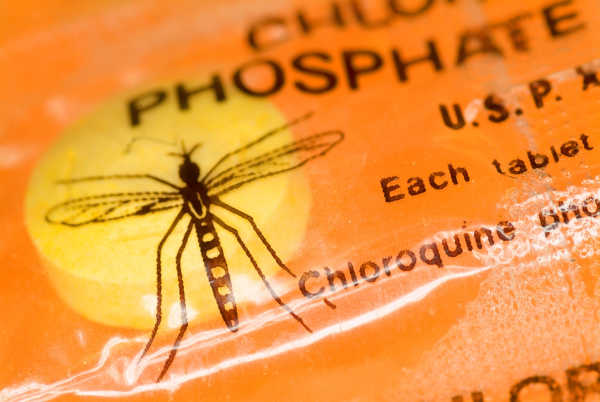
It can sometimes be difficult to decide on an antimalarial. Make sure you know the side effects, and know what they mean in practice. In particular, doxycycline can cause ‘photosensitivity’ – a seemingly innocuous word which actually means it makes you very sensitive to the sun and therefore much more likely to burn. Ten per cent of riders on this year’s tour switched from doxycycline to a different antimalarial due to bad sunburn – with considerable cost to buy expensive imported medicines. That said, doxycycline is cheap, and it does offer some protection against some other infections.
Every medication has side effects. Just ensure you know what these actually mean and discuss them with your doctor.
4. Know your salts
Unfortunately, your bowels often don’t make the best adventure travel companion, and most people who travel extensively will develop traveler’s diarrhea at some point. One of the main reasons diarrhea makes you feel so rotten is that you lose a lot of essential salts down the toilet pan. The body is very sensitive to any slight changes in salt concentration within the blood and becomes unhappy even with tiny losses. It is therefore imperative to replace lost salts to get back on your bike as quickly as possible.
A common misconception is that electrolyte sports drink can be used for salt replacement. Electrolyte sports drink is designed to support maintenance of salt levels during exercise, but is not intended to replace salt lost through diarrheal illness.
It is therefore essential to bring a small supply of oral rehydration salts – these often come in sachets that you dissolve in 200ml of water, and are designed to be the perfect concentration for your body to absorb to replace salt losses. Almost all chemists will stock oral rehydration salts in several flavours (it’s worth trying to find your favourite one – you will be thankful when you need to use them!). For example, a common brand in the UK is Dioralyte.
5. Fight the bites
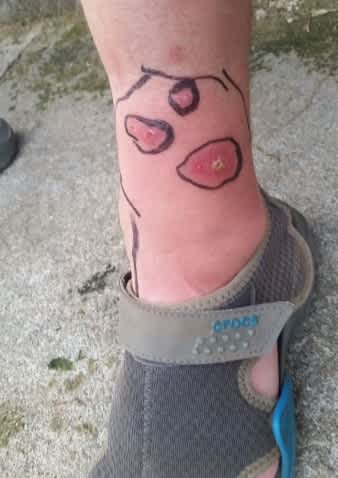
Another bit of kit I wouldn’t recommend leaving at home is some antihistamine tablets and cream. Antihistamines are the things that stop you itching those annoying mosquito and other critter bites. The itch can be absolutely maddening, and an antihistamine will help you keep sane – which your fellow cyclists may also appreciate!
As well as sanity, quelling the itch is important to avoid infection – constant itching will excoriate the skin, leaving open areas that are highly prone to infection.
6. Chamois chat

Make sure you try out the chamois cream you plan to bring with you before you go. On this year’s tour, we’ve had a few incidents of chamois cream reacting with skin, making it unusable for the riders concerned, who were subsequently left high and dry. This can be avoided by trying out your chosen chamois cream before you go, to ensure no nasty reactions.
You will find essay after enthusiastic essay on the internet devoted to discussing the holy grail of chamois creams. However, remember that the best cream is the one that works for you.
7. Be nice to your bottom
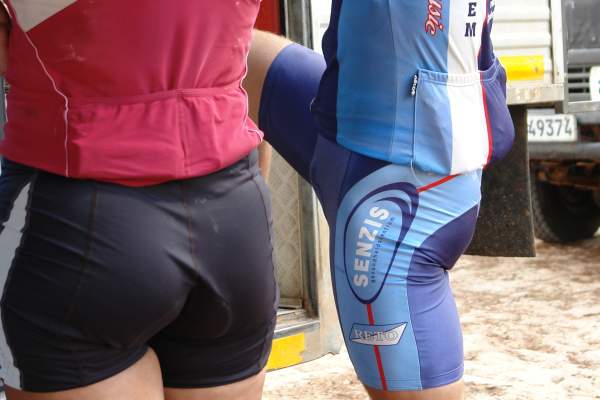
Together, you will travel thousands of kilometres, so it pays to stay on good terms with your behind. If you do start to develop saddle sores, here are a few tricks of the trade that may help:
- Moleskin is a soft fabric, adhesive on one side, that is often used to cushion corns and calluses on the feet. However, it is equally good to use for sore areas on the bottom, on skin that is not broken, to give a bit of extra cushioning and protection when in the saddle. It can be bought in sheets that can then be cut to size to stick over the area in need.
- Cavilon is a liquid barrier film that is often used in healthcare settings to protect ‘at risk’ skin from trauma, friction or damage from fluids. It is basically a transparent liquid that, once dried onto the skin, forms a breathable, transparent barrier. It is therefore perfect for applying to ‘hot spots’ to prevent further damage from friction before the skin breaks down.
- If the saddle sore is not getting better, and the skin is broken, the best thing you can do is to stop cycling! A couple of day’s rest will do a world of good, and you will avoid the embarrassment of explaining to an incredulous local surgeon how you created your bottom abscess.
None of the above is particularly complicated, glamorous medicine. However, by giving a little more thought to these issues pre tour, you will avoid spending your time in the saddle concentrating on your painful knee / heel / bum, and instead set your mind free to enjoy the wonderful privilege of traversing a continent by bike.
Happy riding!
 REGISTER NOW
REGISTER NOW
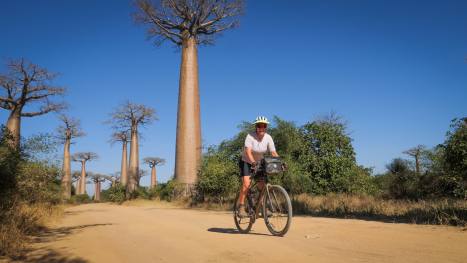
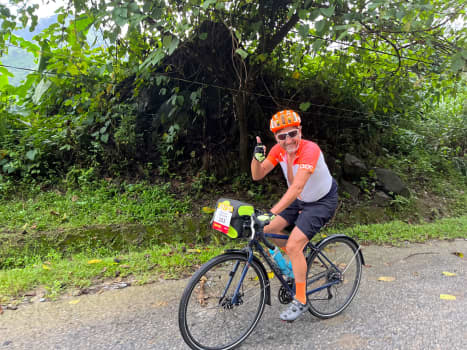

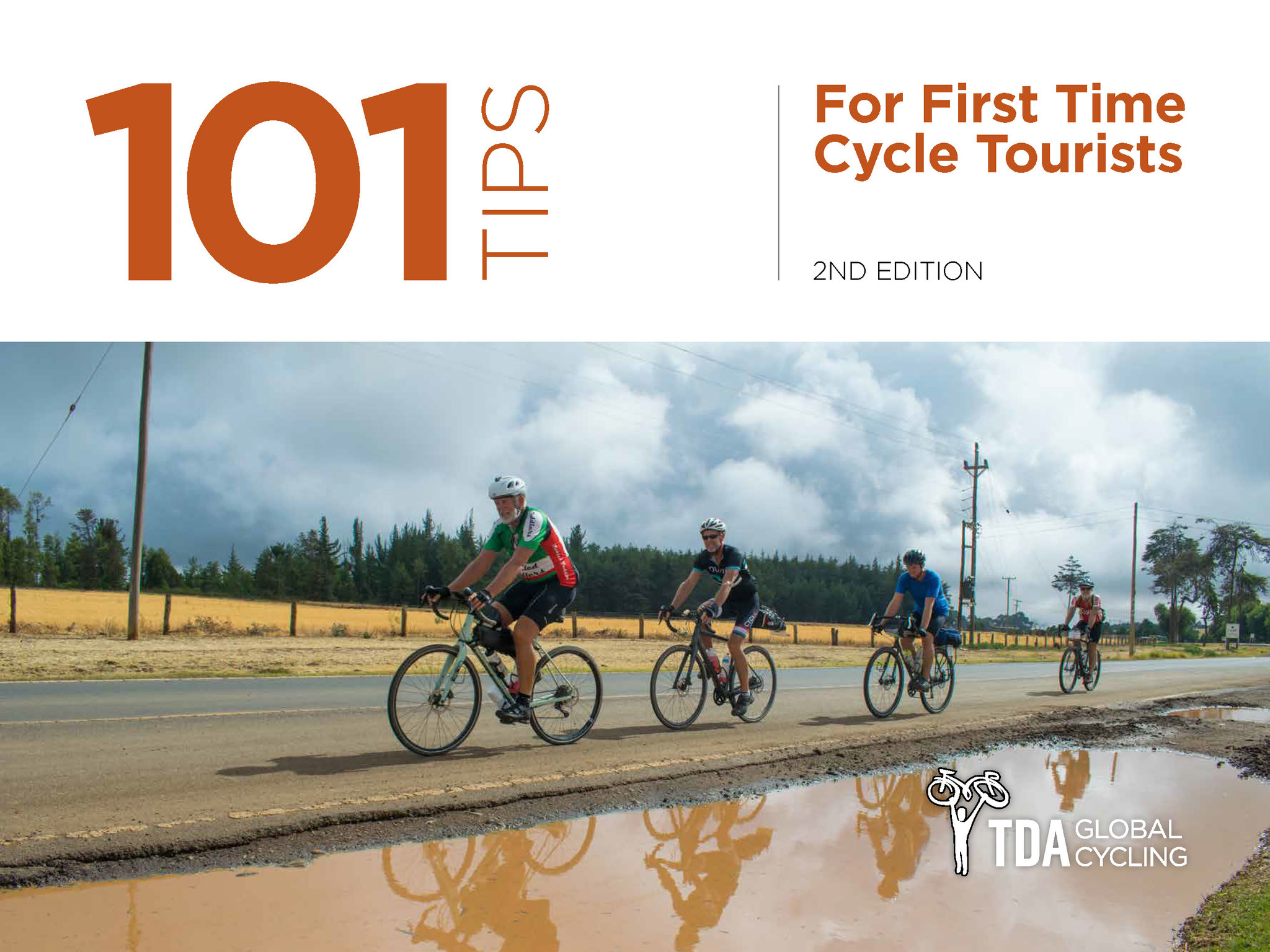
1 Comment for "An Apple a Day Keeps the Doctor Away: Medic’s 7 Tips for Staying Healthy on a Bicycle Expedition"
This is one of the best and informative articles on this subject I have ever read. Thank you!